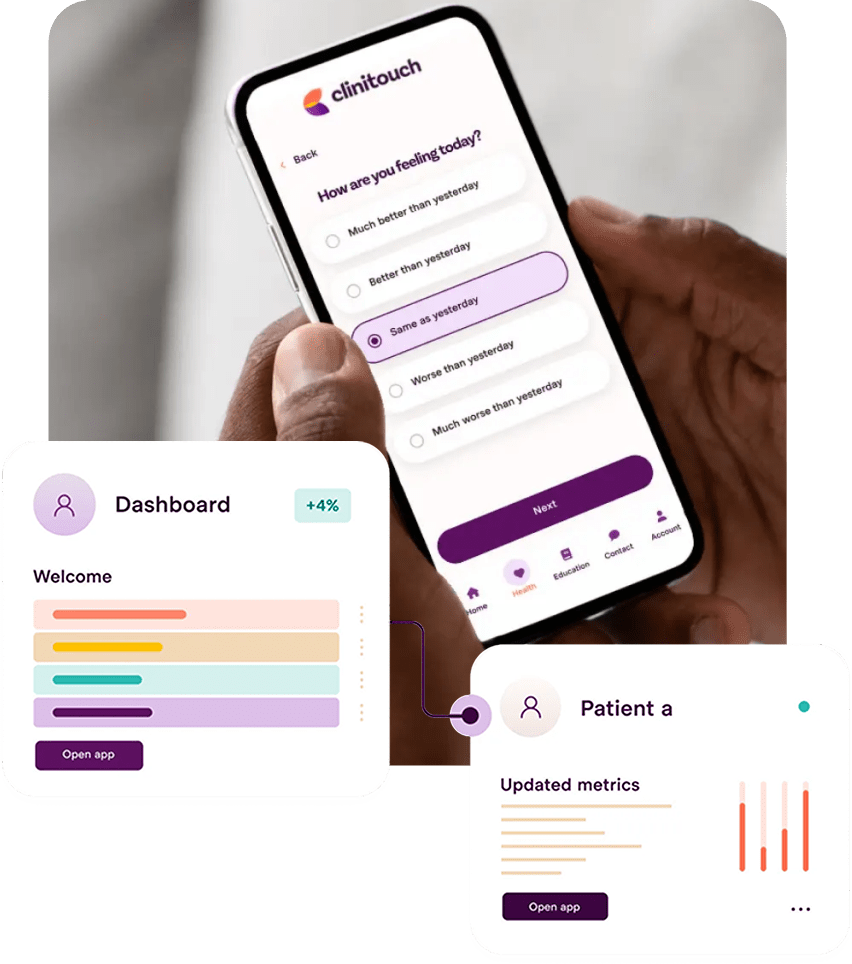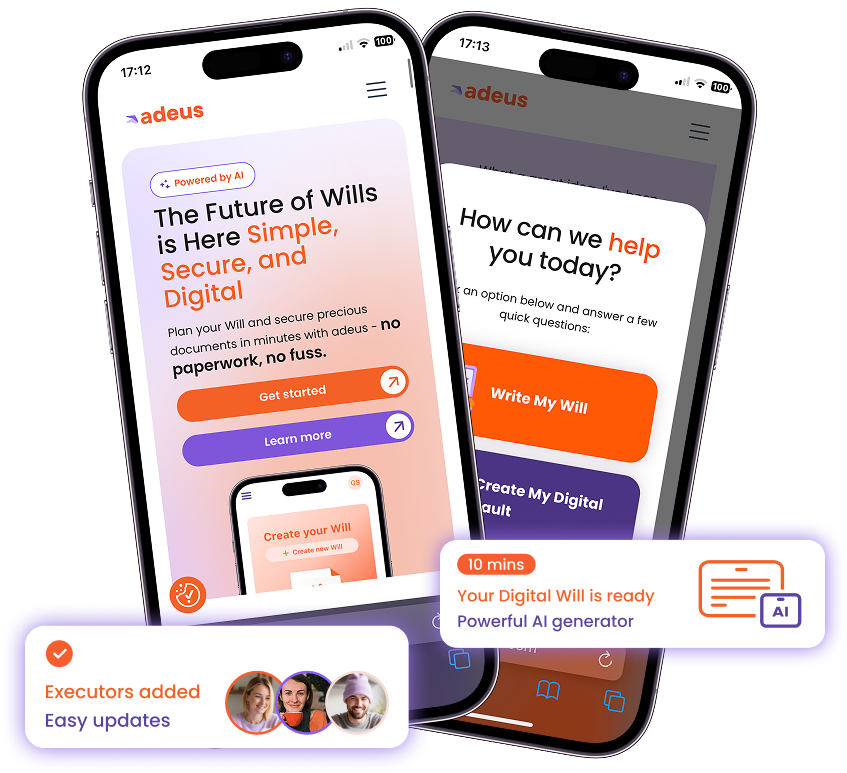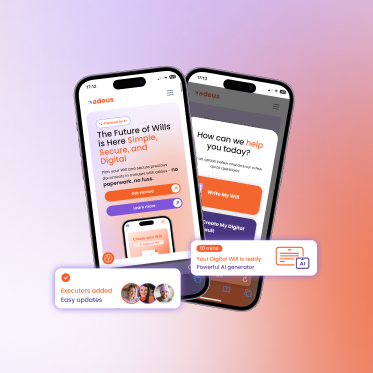Every great product starts with clarity. The discovery phase is the research and planning stage that happens before any design or coding begins. It’s a structured process that validates your concept, uncovers market and user insights, and lays the technical and strategic foundations for success.
During discovery, we dive deep into your vision to define core features, align with business goals, and clarify technical requirements. We identify your target audience, test your idea against reality, and refine assumptions with real evidence. By the end, you’ll have a validated concept, wireframes or a prototype, and the documentation needed to confidently kick off development.
Discovery reduces risk, saves time and money, and provides a roadmap that answers the key questions: What are we building? Who is it for? Why will they care? How will we build it?
Why Discovery Matters
Skipping discovery might feel like saving time and money, but it often leads to costly mistakes. A well-executed discovery phase offers several crucial benefits.
Validate Market Need and Idea
Confirm there’s real demand by identifying your target users, their pain points, and validating your idea with actual feedback. This ensures you’re building something people genuinely want, improving your chances of product–market fit.
De-Risk Investment
Catch red flags early, whether it’s lack of market interest, a flawed business model, or technical obstacles, before committing serious time and money. This prevents costly rework and wasted budget.
User-Centric Design from Day One
By talking to your users and understanding their needs, problems, and expectations upfront, you can shape features that deliver a great experience and create something intuitive and enjoyable that customers love.
Clear Roadmap and Priorities
Leave with a well-defined product roadmap and feature list that distinguishes the must-haves from the nice-to-haves. We prioritise by value, set clear timelines and budgets, and ensure the most important work is delivered first. This keeps development focused, efficient, and free from surprises, scope creep, or delays.
Alignment of Stakeholders
Our workshops bring together founders, teams, and investors around a shared vision of the product, user needs, and success metrics. This clarity secures buy-in from day one, keeps everyone on the same page about what will be built and why, and prevents miscommunication. It reduces uncertainty and saves time and resources before development begins.
Our Discovery Process
We tailor each discovery to your needs, but the process follows a proven framework. It combines workshops, research, and analysis in close collaboration with you.
Here’s what a typical discovery engagement looks like:
Step One
Alignment & Requirements
We kick off with stakeholder workshops and interviews to capture your goals, assumptions, painpoints, any unknowns and success criteria. By the end, everyone shares a clear understanding of what the project is about and what success looks like.
Step Two
Market & User Research
Through competitor analysis, market data, and user interviews or surveys, we uncover real needs and opportunities. This ensures your product solves real problems in a way that stands out.
Step Three
Technical Feasibility
Our architects review requirements, assess constraints, and shape the best technical approach. We flag risks early and outline a scalable, future-proof solution by ensuring technology choices and system design are sound from the start.
Step Four
Feature Mapping & Prioritisation
Together, we define features and prioritise them by value. Using techniques like feature mapping or user story mapping, we break the product into user stories and identify the Minimum Viable Product (MVP). This ensures the highest-impact work is delivered early, so you get value quickly and can incorporate feedback sooner.
Step Five
Prototyping & Validation
We bring ideas to life with wireframes or clickable prototypes. Testing these with stakeholders or users confirms usability, reduces costly rework, and proves that our understanding from earlier steps holds true. Prototypes also help secure buy-in or investor support by demonstrating the concept in a concrete, tangible way.
Step Six
Roadmap & Planning
We deliver a full blueprint: product vision, personas, backlog, architecture plan, timeline, and cost estimates. You’ll leave with a clear, actionable roadmap to move confidently into development.
Step Seven
Continuous Collaboration & Stakeholder Engagement
We keep you and your stakeholders closely involved at every step. This collaboration ensures the final deliverables truly reflect your vision and business needs. By the end, your team has full visibility into the plan and strong ownership of the direction we’ve set.
Case Studies




Tailored for Startups and Enterprises
Discovery isn’t one-size-fits-all. We adapt the process to match your context and constraints.
For startups, the focus is speed and validation. We use lean research, rapid prototyping, and lightweight documentation to prove ideas quickly and reduce risk before you commit serious investment.
For enterprises, discovery ensures alignment at scale. We map integrations, address compliance, and deliver governance-ready documentation that gives stakeholders confidence and prevents late-stage surprises.
What You Get
At the end of discovery, you’ll have a complete blueprint for success, an invaluable set of deliverables that bridge the gap between idea and implementation.
Validated Product Vision & USP
A clear articulation of your vision, unique value, and why it will succeed, giving your team and stakeholders a strong foundation for decision-making.
Customer Profiles & User Personas
Actionable personas built from research that guide design, keep teams aligned, and ensure the product solves real user needs.
User Journey Maps & Insights
Step-by-step flows that illustrate how users engage with your product, highlighting key touchpoints to create an intuitive experience.
Prioritised Feature Backlog & Scope
A structured backlog that separates must-haves from nice-to-haves, phased into a roadmap that ensures focus and efficiency.
Wireframes or Prototypes
Tangible design assets that allow for early testing, stakeholder alignment, and investor pitching, while speeding up development.
Technical Architecture Blueprint
Documented system design, tech stack, and integration plans that ensure scalability, security, and reliable performance.
Project Plan & Estimates
A realistic breakdown of sprints, costs, milestones, and risk mitigation that gives stakeholders clarity and confidence to invest.
Research & Analysis Reports
Summaries of user interviews, competitor reviews, and market insights that validate every decision with evidence.
Together, these deliverables give you a validated strategy, clear designs, and a practical plan. A complete playbook to move from idea to development with confidence and clarity. Depending on your needs, additional deliverables can be included, but these form the core foundation for success.
Ready to Build with Clarity and Confidence?
Discovery is the smartest first step you can take. It protects your investment, accelerates decision-making, and ensures your product is built on evidence, not guesswork. Skipping it is like building a house without a blueprint. Cracks will show fast.
Let’s talk about how discovery can shape your next product. Book a virtual coffee or an in-person catch-up, and we’ll walk you through how to set the right foundations.
FAQs
1. Why is the Discovery Phase necessary?
Discovery saves time and money by validating your idea before you commit to development. It ensures you are building something users actually need and prevents costly mistakes later in the process.
2. How long does a Discovery Engagement take?
It depends on the size and complexity of the project. For startups, discovery may take 2-4 weeks of focused workshops and research. For enterprise projects, it may extend to 6-8 weeks to cover integration planning, stakeholder alignment, and more detailed technical analysis.
3. What deliverables will I get from Discovery?
At the end of discovery, you will receive user personas, customer journey maps, a prioritised product backlog, wireframes or prototypes, a technical architecture blueprint, and a clear project plan with time and cost estimates.
4. Can Discovery be customised for my business?
Yes. We tailor the process depending on whether you are a startup or an enterprise. Startups benefit from faster validation and leaner documentation, while enterprises need more robust planning, integration checks, and governance-ready outputs.
5. What happens after Discovery?
Once discovery is complete, you can move into design or development with Untapped or use the deliverables to guide an internal or external team. Either way, you leave with a blueprint and confidence that your project is built on solid foundations.
6. How does Discovery help de-risk my investment?
It surfaces risks early, from market gaps to technical challenges, so you can make informed decisions. By validating your roadmap and architecture upfront, you avoid scope creep, rework, and wasted spend later in development.



